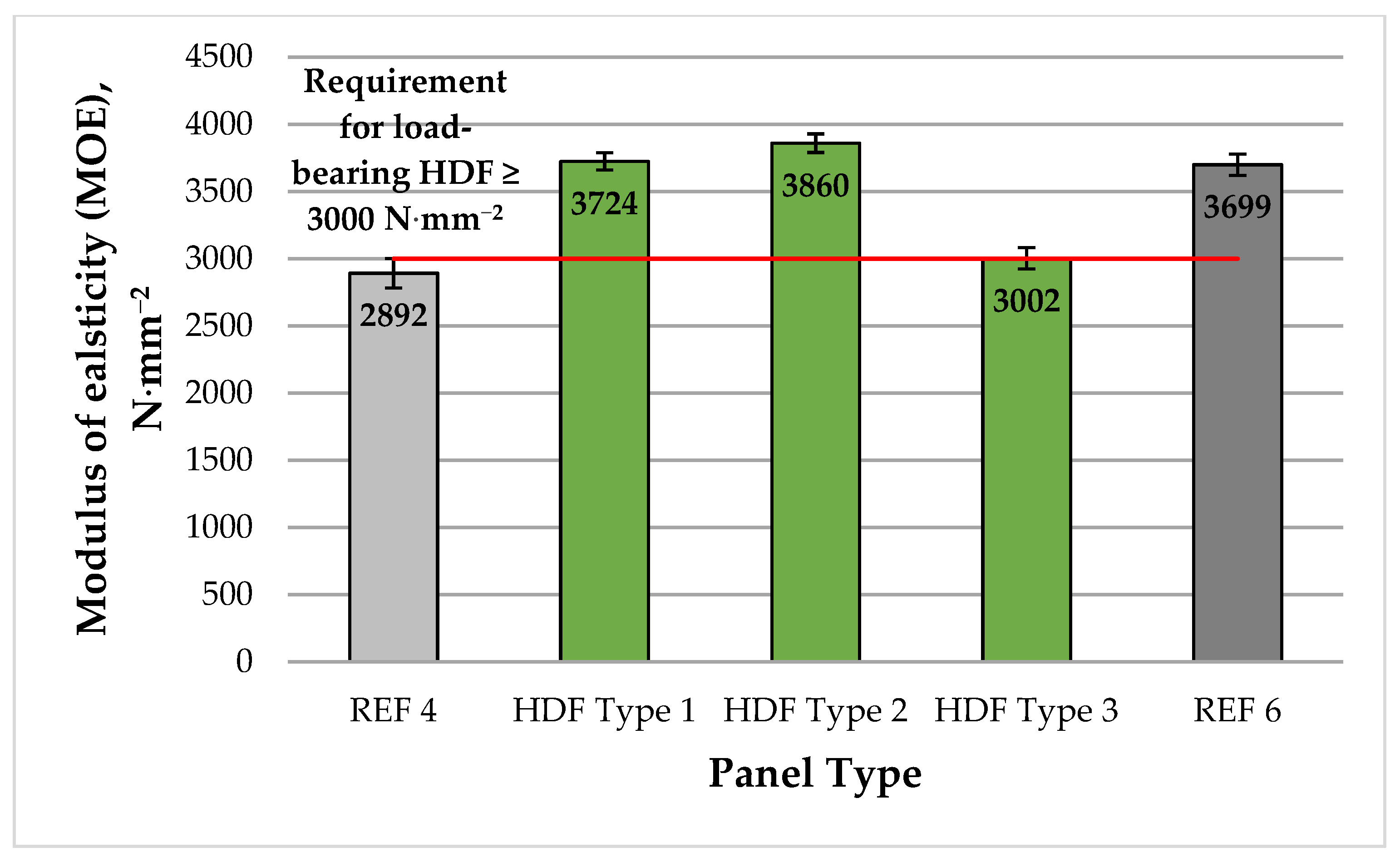

Polyethersulfone (VERADEL 3000P with MW = 63,000 g mol -1) from Solvay Advanced Polymer was dried for 4 h in an oven at 100 ☌ before utilizing it for fabrication of the dope solution. Future studies of membrane modification can be based on compositions using smaller amounts of polymer without impairing its application, demonstrating its importance.

Lower consumption of plastic is a policy growing in many countries, seeking to encourage consumers to find a way to reduce it on a daily basis 24.īased on this tendency, the present work focuses on studying the properties of hollow fiber membranes made of 16 and 20% PES, evaluating if there are significant differences among the results obtained that justify the use of a bigger quantity of polymer. This polymer and the conditions for the solution spinning determine the morphology and properties of hollow fiber membrane, such as selectivity 7, 10.ĭespite numerous studies related to hollow fiber membranes composed of PES 11–16 and the known advantages of membrane separation processes 17–19, there is a worldwide concern with the amount of microplastics that are emerging around the globe 20–23 and not only with energy efficiency, pollutant emissions and other sustainability issues.

Polyethersulfone (PES) has been widely used because it can tolerate a large range of pH, has a good thermal stability and excellent chemical and mechanical resistance 6, 8, 9. Dry-jet wet spinning follows this idea with a phase inversion beginning with an induced evaporation that occurs in the air gap and finishing in the coagulation bath with a phase inversion induced by diffusion 1. It is based on an extrusion of a polymer solution through a spinneret, which will return to the solid state 6, 7. The method of phase inversion is one of the most important techniques of membrane fabrication6 for hollow fibers. Hollow fiber membranes are used in several areas that demand a separation process, such as pharmaceutical industry, food industry, water and wastewater treatment plants and the petroleum sector 4, 5. Polymeric hollow fiber membranes were first developed by Dow Chemical in 1966 and since then, due to their properties as high processability and low cost, they are the most common material used for membrane fabrication 1–3.


 0 kommentar(er)
0 kommentar(er)
